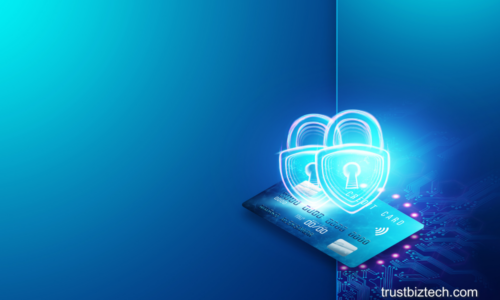Businesses face the constant risk of IT disruptions, whether from hardware failure, cyberattacks, or natural disasters. To maintain business continuity, companies need a comprehensive IT survival kit that includes disaster recovery, uptime monitoring, and resilience planning. Read further to learn key strategies to safeguard your IT infrastructure and ensure your operations can weather any disruption.
IT Disaster Recovery: The First Line of Defense
A solid IT disaster recovery plan is critical for minimizing downtime and restoring vital systems after a disruption. Disaster recovery isn’t just about reacting to incidents—it starts with proactive planning. Businesses must identify critical assets, define Recovery Time Objectives (RTO) and Recovery Point Objectives (RPO), and implement redundancy through off-site backups or cloud-based disaster recovery services.
In combination with business continuity planning, disaster recovery ensures that your business can continue operating smoothly while IT teams restore systems.
Business Continuity Planning: Ensuring Operations Stay Afloat
While disaster recovery focuses on technical restoration, business continuity planning (BCP) ensures that all essential operations continue during a crisis. This involves regular risk assessments, cross-training employees to cover critical roles, and establishing clear communication protocols for emergencies.
BCP works in tandem with disaster recovery by addressing how your business will function while systems are being restored, allowing for minimal operational disruption.

Data Backup Solutions: Protecting Your Lifeblood
Reliable data backup solutions are a must for any IT survival kit. Backups safeguard your business’s valuable data in the event of a disaster. Common approaches include:
- On-Premise Backups: Fast local access to data but vulnerable to physical damage.
- Cloud Backups: Scalable, off-site solutions that protect data from local disasters.
- Hybrid Solutions: Combining both for maximum protection.
Whichever method you choose, regular testing of your backups is essential to ensure they’re functional when needed.
System Uptime Monitoring: Preventing Disruptions
System uptime monitoring allows businesses to proactively detect and address potential issues before they cause downtime. Uptime monitoring tools provide real-time alerts, helping IT teams respond immediately to any disruptions. Regular monitoring also enhances system performance, ensuring your IT infrastructure runs smoothly.
By keeping a constant eye on your systems, you can catch problems early and prevent them from escalating into costly outages.

Cyber Resilience Strategies: Protecting Against Threats
Beyond traditional cybersecurity, cyber resilience strategies focus on how quickly a business can recover from a cyberattack. Key components include:
- Endpoint Security: Protect devices that access your network.
- Network Segmentation: Isolate parts of your network to prevent attacks from spreading.
- Incident Response Plans: Ensure your team is prepared to act swiftly in the event of a breach.
Cyber resilience is crucial for maintaining business continuity after a cyberattack, ensuring your operations can bounce back quickly.
Cloud Data Protection: Modernizing Your IT Survival Kit
As more businesses rely on cloud services, cloud data protection is critical. Protecting data in the cloud requires encryption, access controls, and regular backups. This ensures data security and availability in the event of a system failure or cyberattack.
Focusing on cloud data protection helps businesses modernize their IT survival strategies and keep pace with evolving threats.
Trust BizTech for Your IT Survival Kit
Building a robust IT survival kit is no longer optional—it’s essential for protecting against potential disruptions. By combining disaster recovery, business continuity planning, data backups, system uptime monitoring, cyber resilience, and cloud data protection, your business can remain resilient in the face of adversity.

Related Posts

- strategicemarketing
- October 16, 2025
Is Your Cloud Secure? A Checklist for Businesses
The cloud has transformed the way modern businesses operate — offering flexibility, scalable ..

- devops
- March 31, 2025
PCI DSS Compliance: How to Keep Your Customers’ Credit Card Data Safe
Protecting your customers’ credit card information is paramount for maintaining trust and ..

- support
- July 16, 2024
Protecting Small and Medium-Sized Businesses from Cyber Threats: Strategies and Insights
Every day, when I browse through the news, another report about a high-profile cyberattack grab ..

